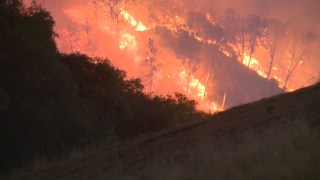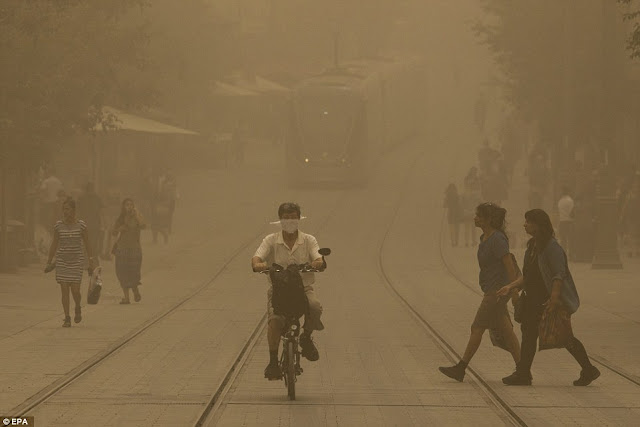Driven by high winds and soaring temperatures, a wildfire in California more than tripled in size Thursday, swelling to more than 14,000 acres, fire officials said.
The so-called Butte Fire, located east of the town of Jackson southeast of Sacramento, was a little more than 100 acres shortly after it broke out at around 2:26 p.m. Wednesday, and grew to around 4,000 acres by Thursday.

Over the day, and as temperatures soared, the fire grew to 14,700 acres, the California Department of Forestry and Fire Protection, also known as Cal Fire, said.
The fire had been 20 percent contained earlier Thursday, but by the evening it was only 10 percent contained, Cal Fire said.
The fire was "extremely active" Thursday, making substantial runs up a canyon and fueled by hot winds and high temperatures, a Cal Fire spokesman said.
At least six homes have been destroyed. There were mandatory evacuation orders for part of a subdivision and part of the town of Pine Grove, the department said. It was not immediately clear how many people were ordered to leave their homes.
A reporter for KCRA captured dramatic video of the fire as they drove near the blaze after it jumped a road and scorched a hillside Thursday, sending clouds of ash and smoke over the highway.






You need to be a member of Earth Changes and the Pole Shift to add comments!
Join Earth Changes and the Pole Shift